In the fast-paced modern life, our feet, serving as the foundation that supports our bodies and enables us to walk and run, bear tremendous pressure and load.
However, many people often overlook foot health until pain or discomfort quietly sets in, at which point they realize the severity of the issue. With technological advancements, gait plantar pressure analysis instruments, as advanced health monitoring tools, are gradually entering the public eye, revealing the mysteries of plantar pressure distribution and aiding in the prevention and treatment of foot-related conditions.
Gait Plantar Pressure Analysis Instruments: Empowering Health Monitoring with Technology
As the name suggests, gait plantar pressure analysis instruments are devices that use high-precision sensor technology to capture and record the pressure distribution across different regions of the foot during walking, standing, or running. T
hey generate intuitive two-dimensional or three-dimensional images, showcasing pressure hotspots, low-pressure areas, and transition zones, providing scientific diagnostic evidence and training guidance for professional doctors, rehabilitation therapists, and sports coaches.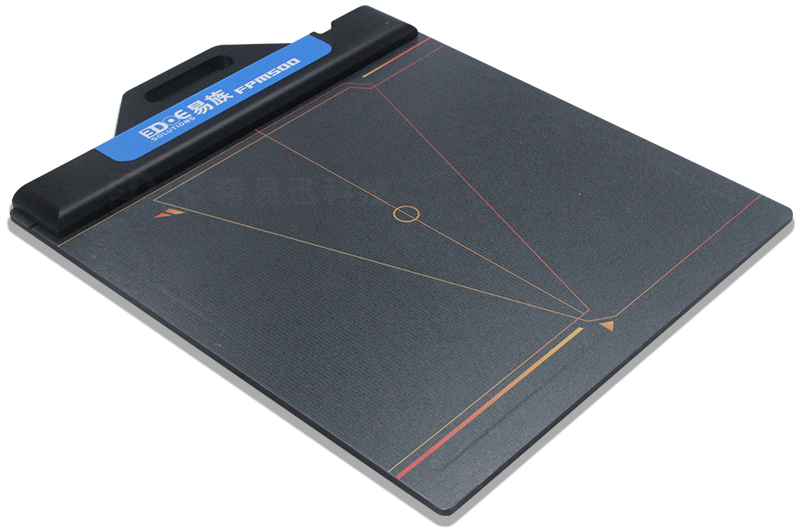
The Significance of Measuring Plantar Pressure Distribution
Early Detection of Foot Issues: Each person’s foot structure and gait pattern are unique, leading to differences in plantar pressure distribution. Regular testing can promptly identify potential issues such as uneven foot pressure, collapsed arches, and heel pain, providing valuable time for early intervention and treatment.
Assisting in Personalized Rehabilitation Plans: For patients already suffering from foot conditions (such as diabetic foot, flat feet, high arches, etc.), the data from gait plantar pressure analysis instruments can precisely guide the formulation of rehabilitation plans. By adjusting insole designs, enhancing support in specific areas, or conducting targeted exercises, effective relief of foot pressure and promotion of the recovery process can be achieved.
Optimizing Athletic Performance and Preventing Injuries: For athletes and fitness enthusiasts, understanding their plantar pressure distribution during physical activities helps adjust body posture and select appropriate athletic footwear, thereby reducing the risk of sports injuries and improving performance efficiency.
Scientific Research and Product Development: In fields such as biomedical engineering and materials science, the data from gait plantar pressure analysis instruments also provide crucial references for new product development. For example, by analyzing the plantar pressure characteristics of different populations, more ergonomic insoles, shoes, and even walking assistance devices can be designed.
Practical Application Cases
Medical Rehabilitation: In hospital rehabilitation departments, gait plantar pressure analysis instruments have become essential tools for assessing patient recovery progress and adjusting treatment plans.
Sports Training: Elite sports teams utilize this technology to develop personalized training programs for athletes, enhancing athletic performance while preventing sports injuries.
Health Monitoring: Some high-end gyms and health check-up centers have also introduced gait plantar pressure analysis instruments as part of health screenings to help customers understand their foot health status.
The advent of gait plantar pressure analysis instruments not only opens a new window to foot health but also vividly demonstrates how technology assists in enhancing the quality of life.

 +86-0755-86131192
+86-0755-86131192 2024-10-18
2024-10-18 Back to list
Back to list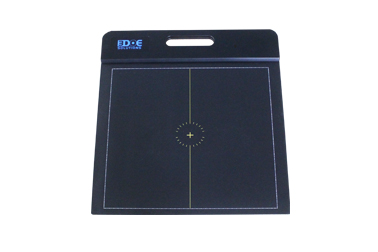
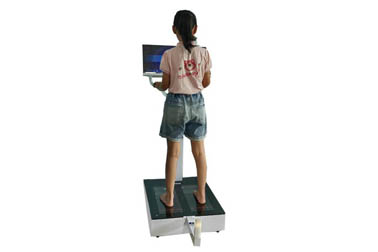
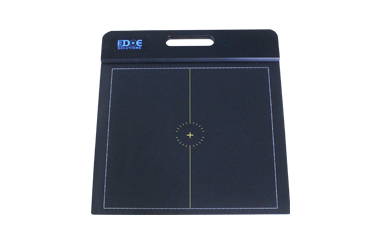
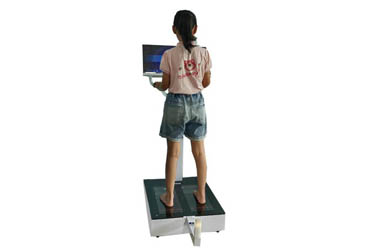
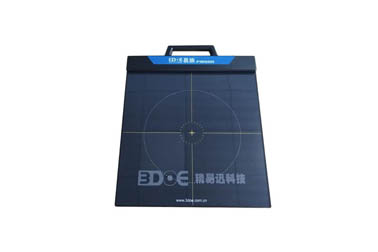
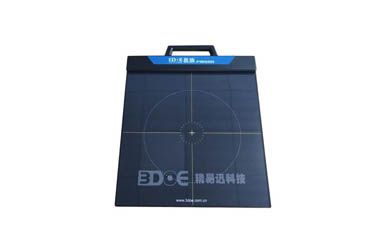



 +86-0755-86131192
+86-0755-86131192